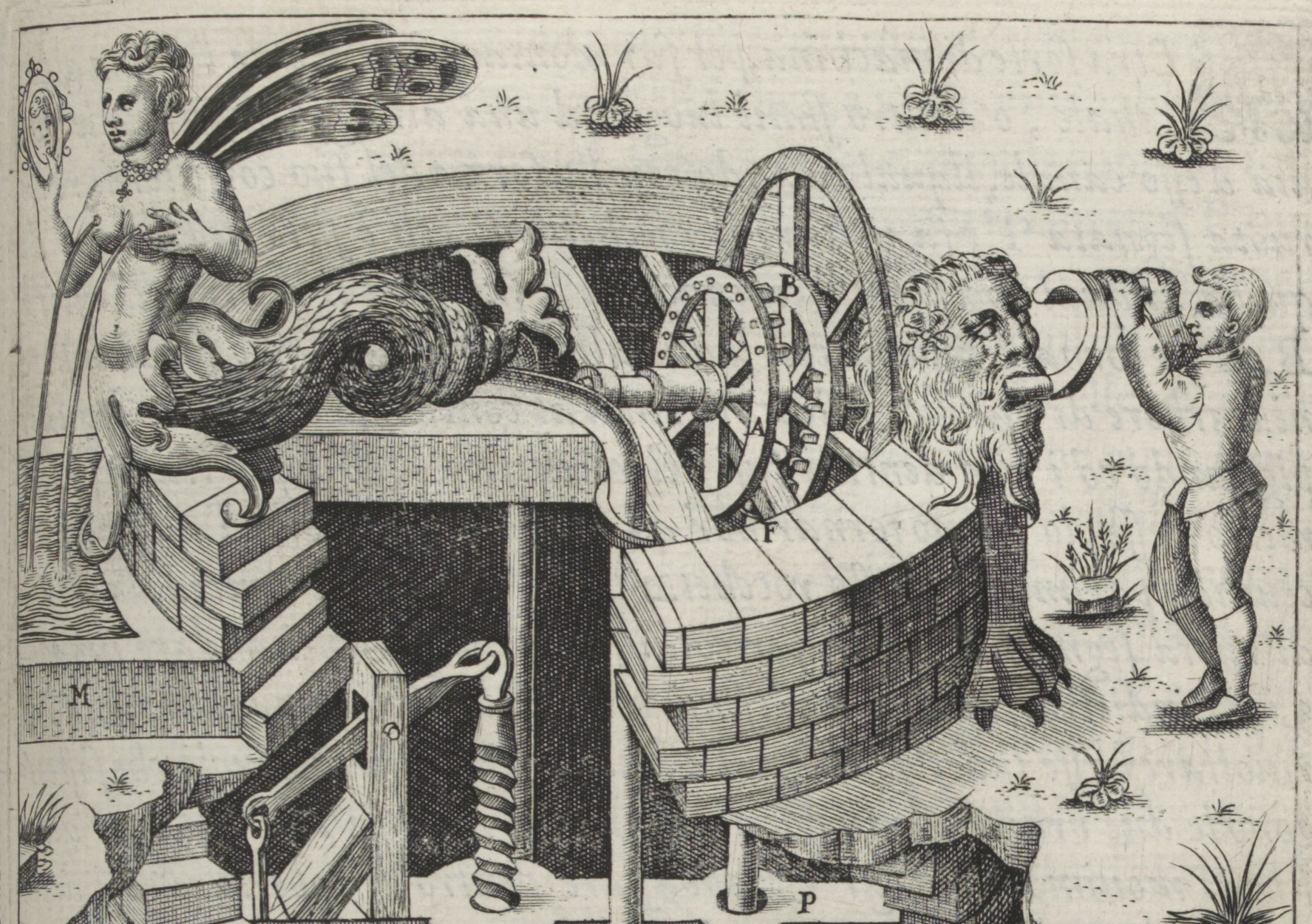
Images from Agostino Ramelli's Diverse and Artificial Machines, which despite their detail obscure as much as they reveal.
This is just an automatic copy of Public Domain Review blog.

Images from Agostino Ramelli's Diverse and Artificial Machines, which despite their detail obscure as much as they reveal.
Source: https://publicdomainreview.org/collection/agostino-ramelli-theatre-of-machines
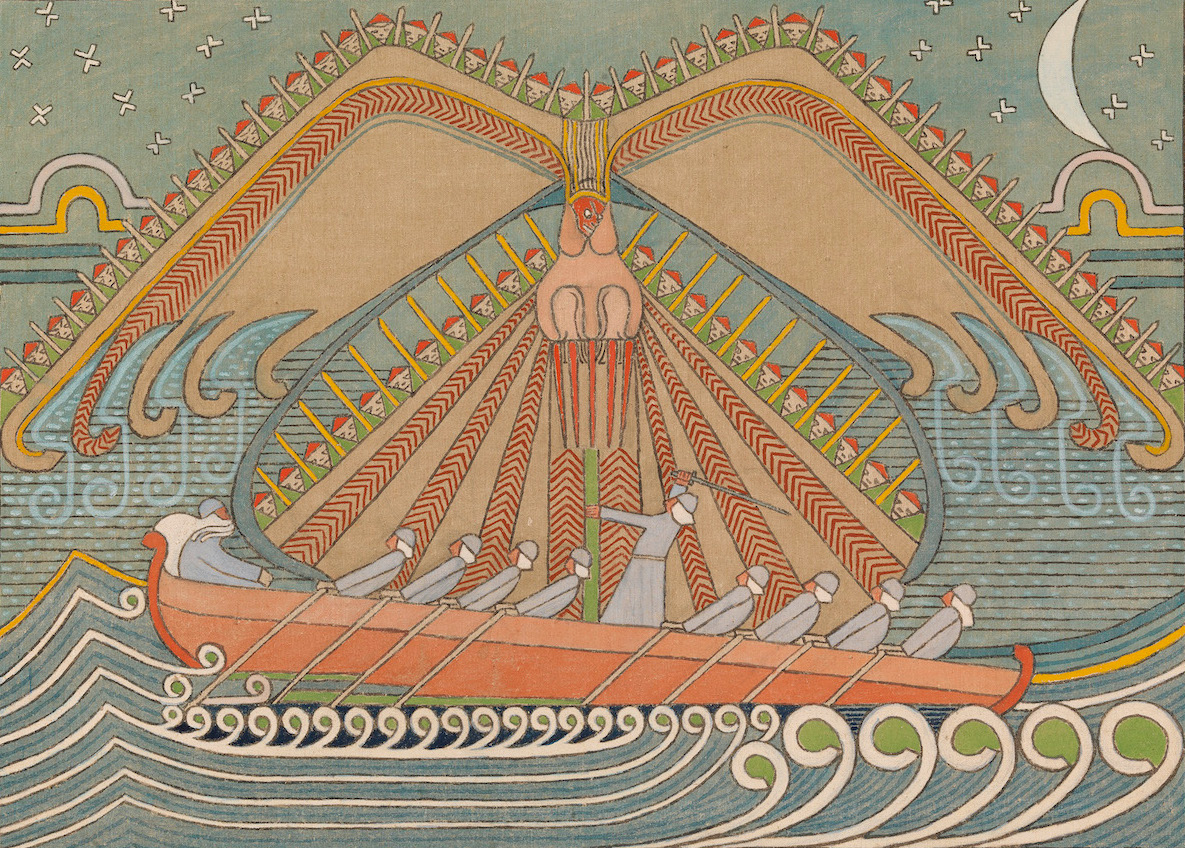
John Martin Crawford's translation of a 19th-century work of epic poetry compiled by Elias Lönnrot from Karelian and Finnish oral folklore and mythology.
Source: https://publicdomainreview.org/collection/kalevala
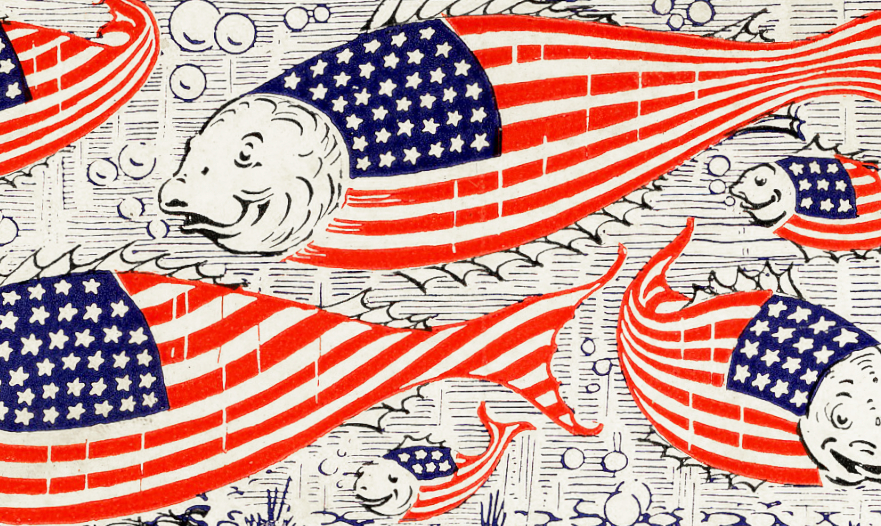
Toward the end of World War I, as the US peddled hard its Liberty Bonds for the war effort, goldfish dealer Franklin Barrett bred a stars-and-stripes-colored carp: a living, swimming embodiment of patriotism. Laurel Waycott uncovers the story of this “Liberty Bond Fish” and the wider use of animals in propaganda of the time.
Source: https://publicdomainreview.org/essay/propagating-propaganda
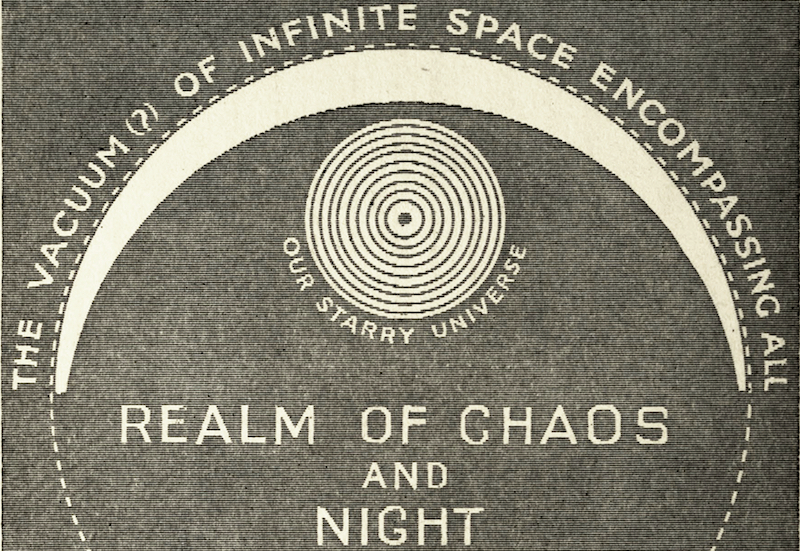
In his final work, William Fairfield Warren set out to become a cartographer of the poetic imagination, mapping Milton’s cosmos in Paradise Lost.
Source: https://publicdomainreview.org/collection/the-universe-as-pictured-in-miltons-paradise-lost
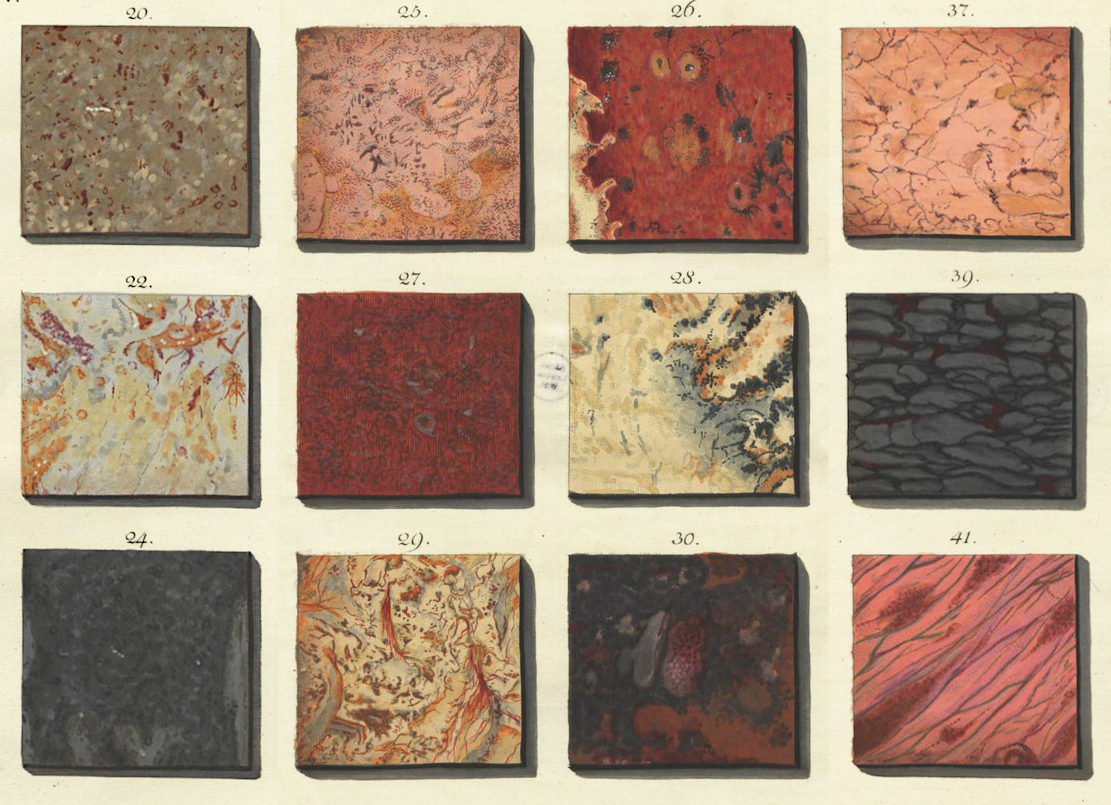
Composed in numbered squares, six to a page, these images are colourful and complex odes to marble.
Source: https://publicdomainreview.org/collection/adam-wirsing-marmora
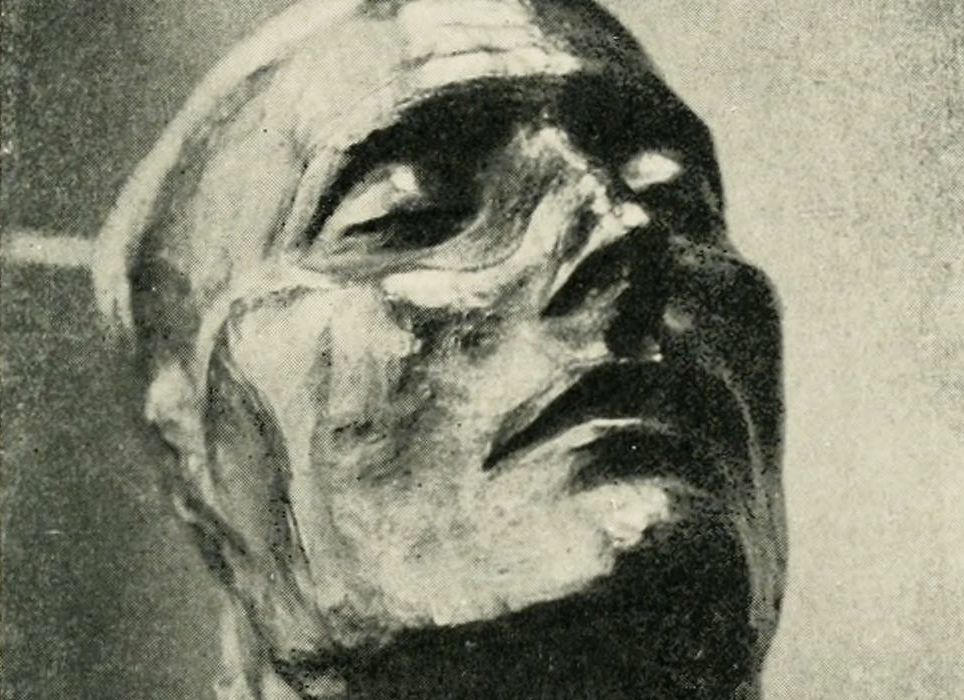
Engorged with bons mots and brimming with pith, this investigation, in its author’s own words, moves between “the hot sword-play of polemic” and “the chill spade-work of research”.
Source: https://publicdomainreview.org/collection/napoleon-bonaparte-death-mask
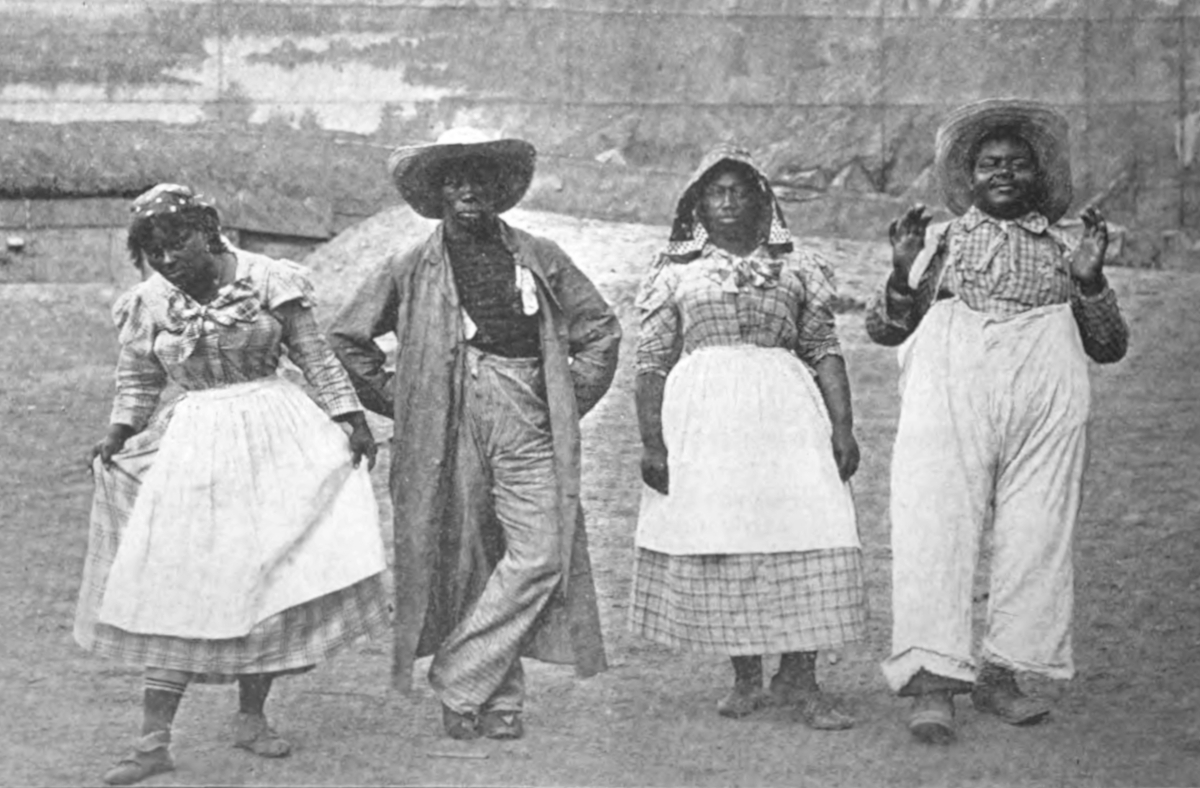
During the summer of 1895, in a Brooklyn park, there was a cotton plantation complete with five hundred Black workers reenacting slavery. Dorothy Berry uncovers the bizarre and complex history of Black America, a theatrical production which revealed the conflicting possibilities of self-expression in a racist society.
Source: https://publicdomainreview.org/essay/black-america-1895
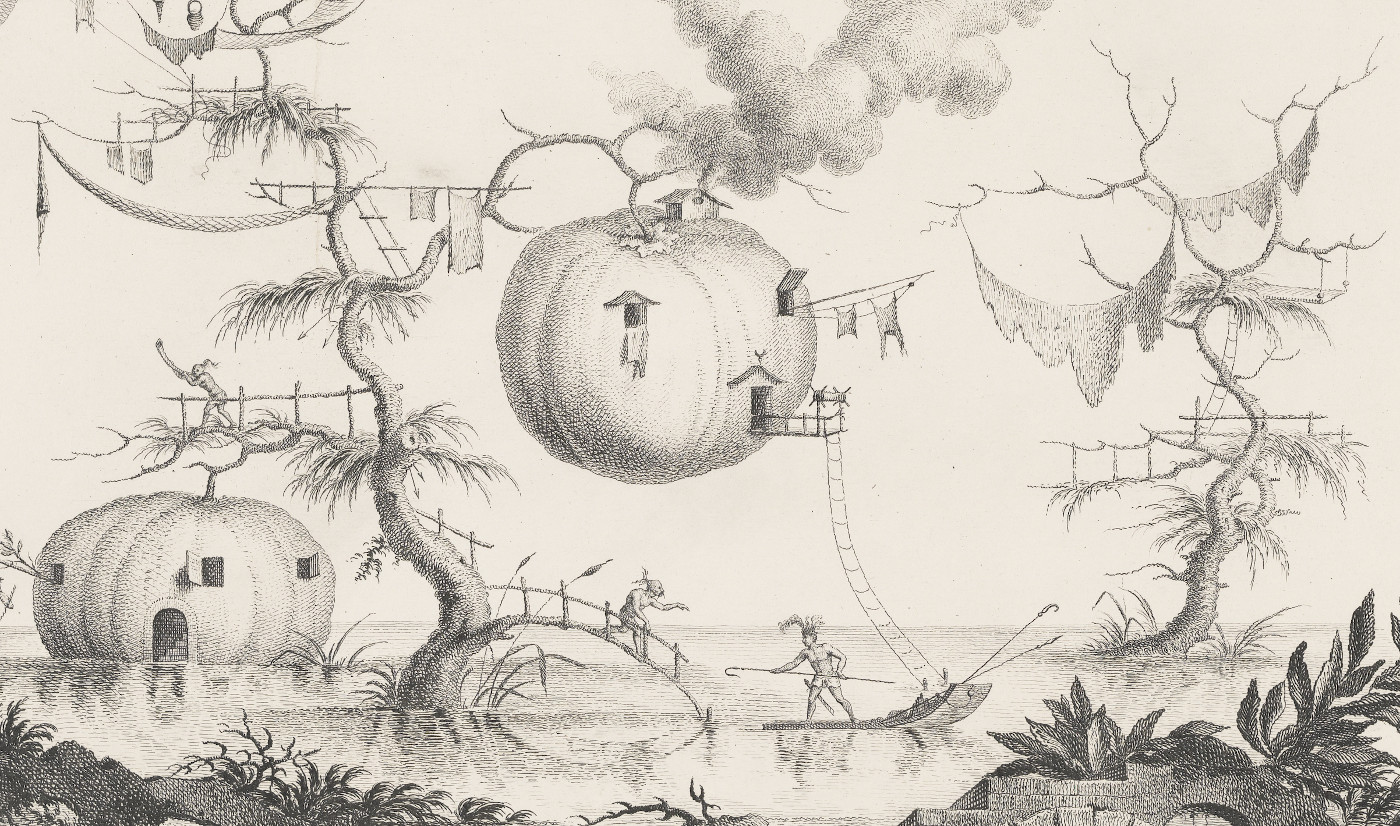
The Florentine engraver imagines an expedition to a lunar landscape peopled by New World figures in fantastical, size-shifting scenarios.
Source: https://publicdomainreview.org/collection/filippo-morghen-fantastical-visions-of-lunar-life
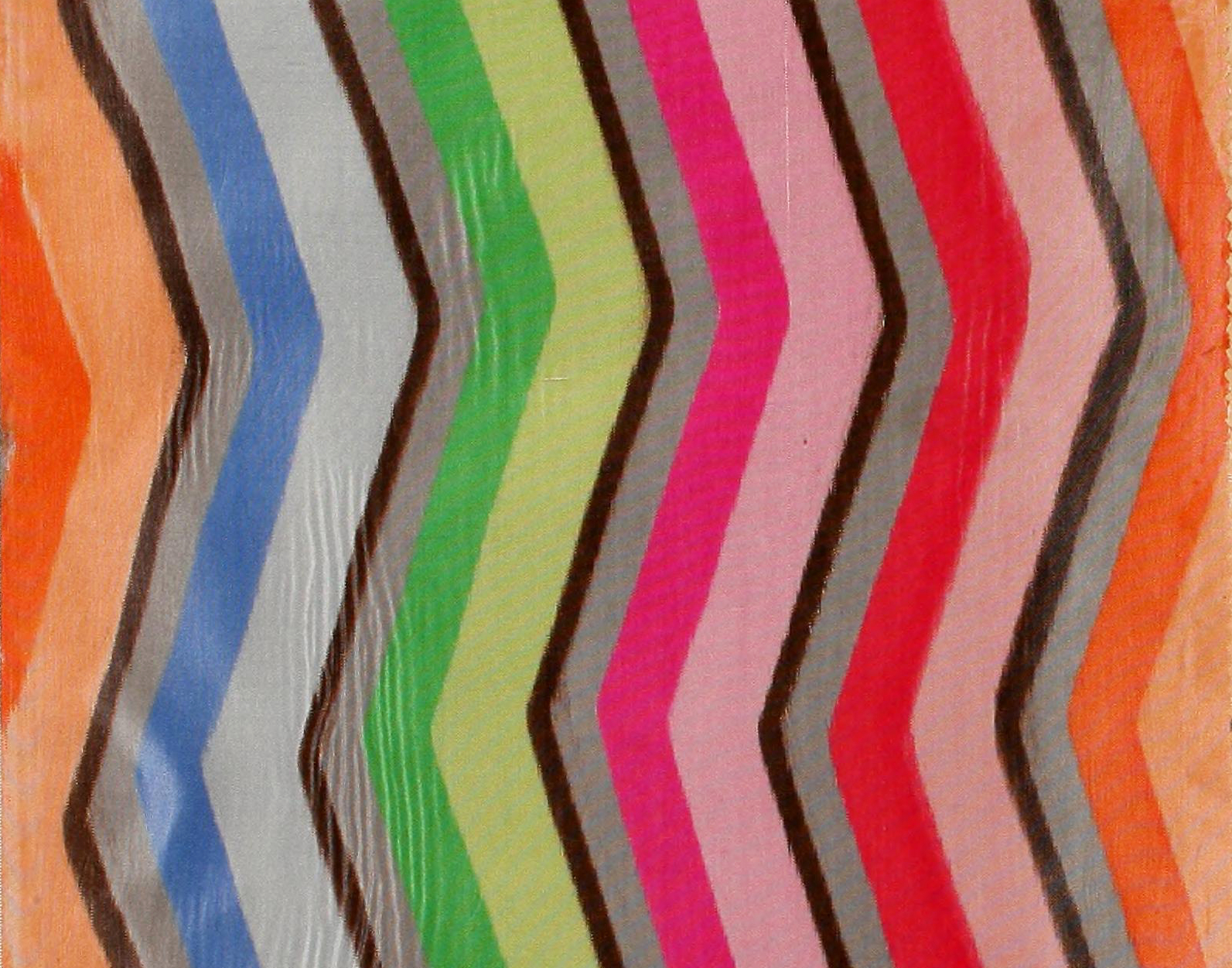
A sample book of gorgeous French silk in various patterns, from around 1900, from the Mary Ann Beinecke Decorative Art Collection.
Source: https://publicdomainreview.org/collection/french-silk-sample-book
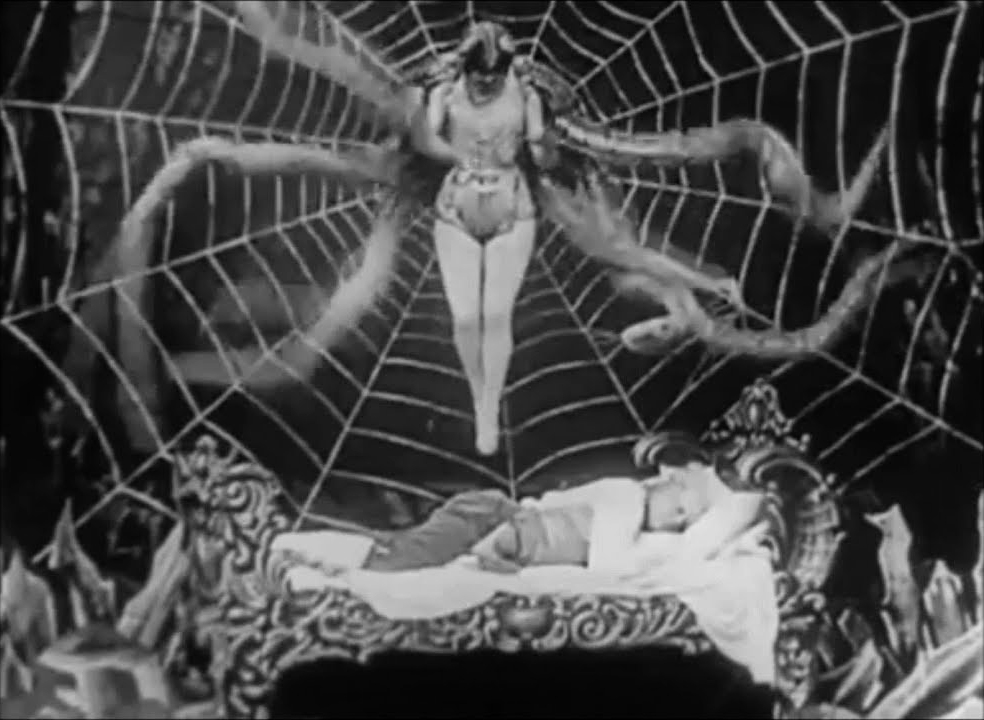
Méliès shows customary boundless imagination in this short film depicting the pleasures and terrors that plague the drunken baron.
Source: https://publicdomainreview.org/collection/baron-munchausens-dream